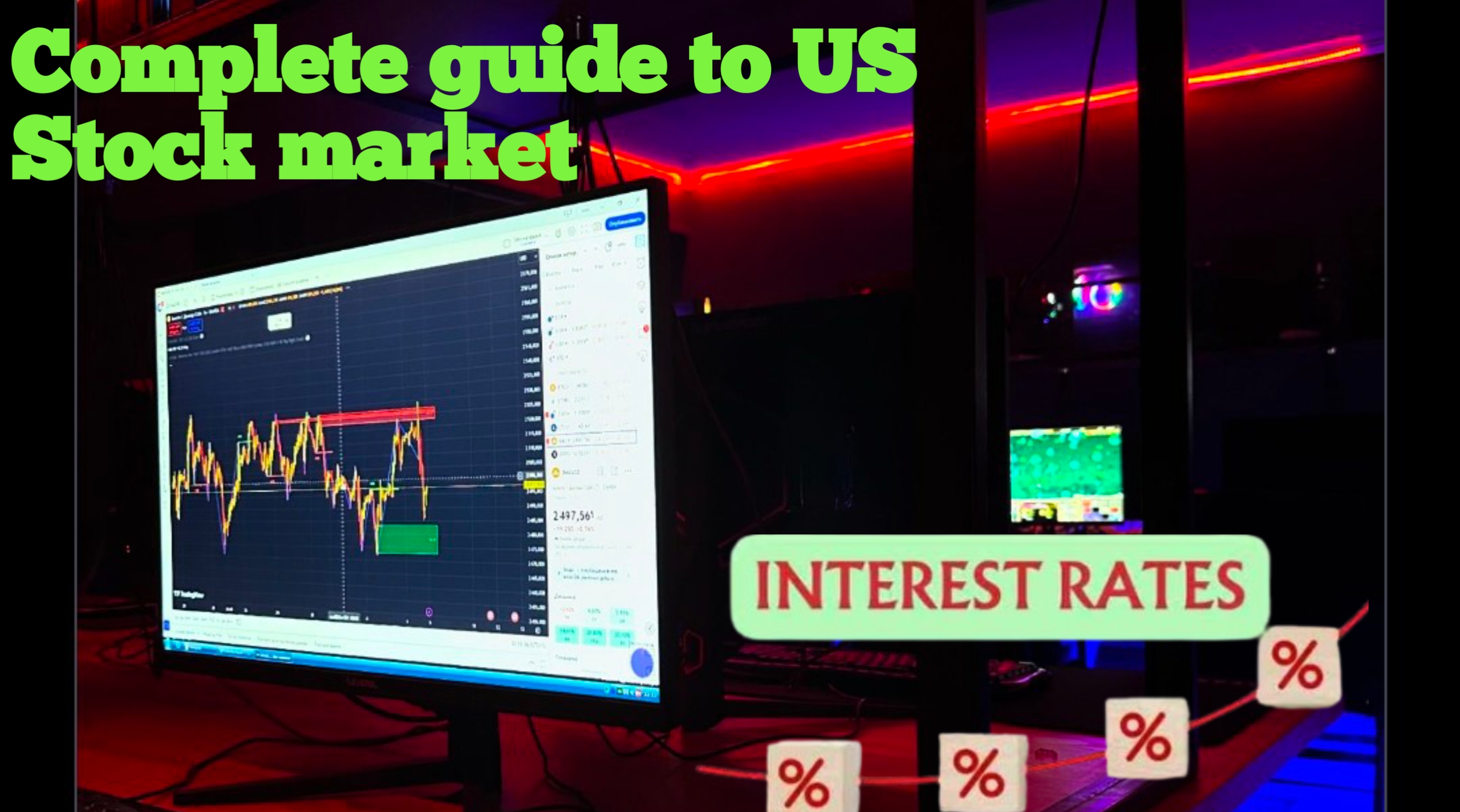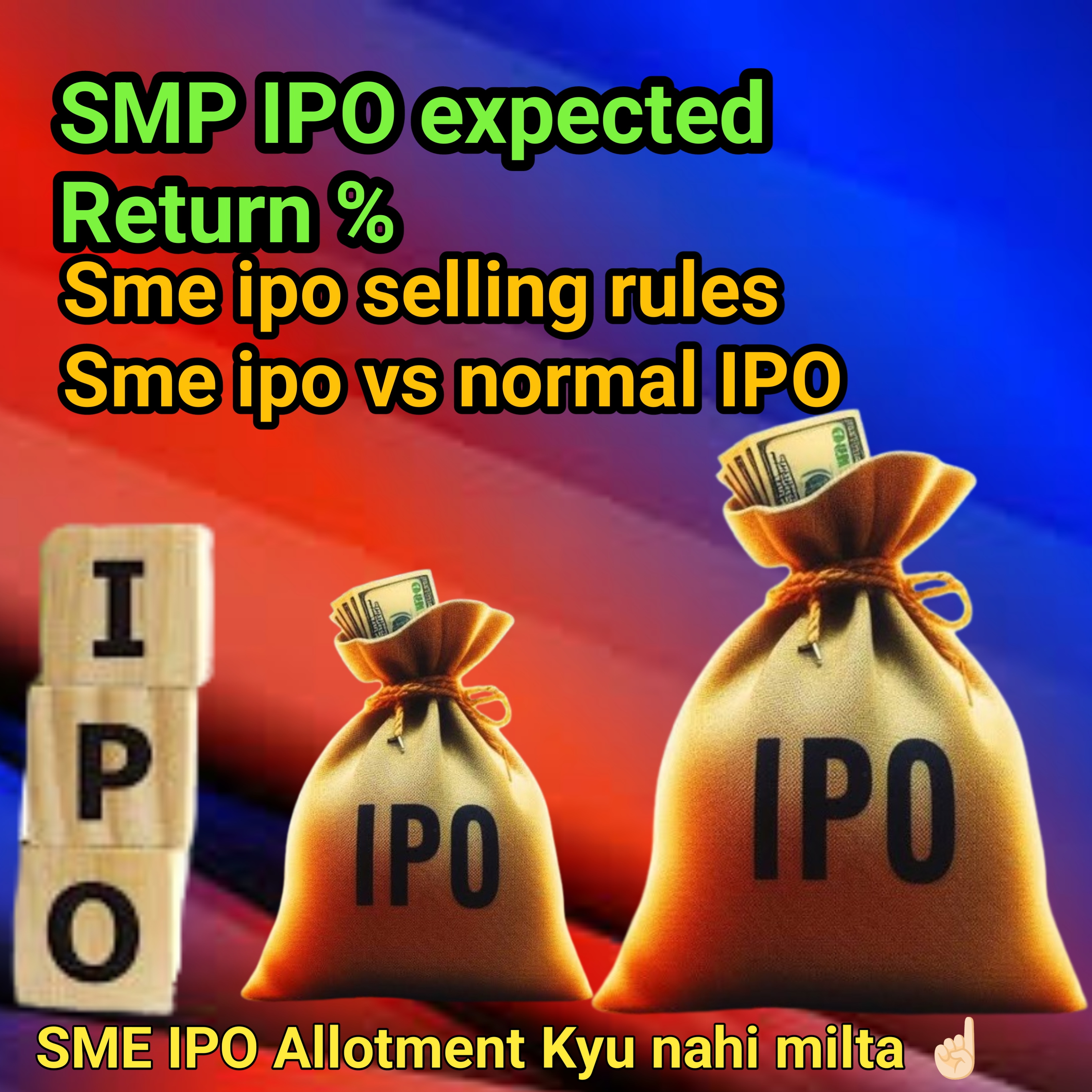1. Overview of SME IPOs
The author talks about how SME IPOs have performed in December, with some offering returns as high as 90%. However, there are concerns related to liquidity. Often, the shares experience upper and lower circuit limits after listing, which complicates the selling process. The question arises whether the profit shown is real or just “for show,” given the market's volatility.
2. Challenges in Selling SME IPO Shares
Liquidity Issues: One of the primary challenges with SME IPOs is the liquidity issue. Investors are required to buy and sell shares in lot sizes. If there are few buyers willing to purchase the entire lot, selling shares can be problematic.
Circuit Limits: SME IPOs often have a circuit limit that caps the price movement in a day, typically set at 5%. If the share price hits this limit, it can restrict the ability to sell, resulting in significant price fluctuations. A stock can quickly go from showing gains to entering a lower circuit, erasing profits.
3. Key Rules for Selling SME IPO Shares
Pre-Opening Session: One critical point emphasized is that investors should aim to sell their shares during the pre-opening session on the listing day. This is where most liquidity can be found, and you can place a limit order above the issue price to sell.
Avoid Holding for the Long Term: The blog warns against holding SME IPO stocks long-term, as the price could fluctuate significantly. It’s better to sell on the listing day, especially in the pre-opening session, where you can secure a good price.
Proper Analysis: Before investing in an SME IPO, ensure that you are selecting a good one by checking the GMP (Grey Market Premium) and having a good subscription rate. If the IPO is oversubscribed, the likelihood of making a profit is higher.
4. SEBI's Regulatory Changes
Changes in Rules: To tackle issues like fake demand created by operators placing fake orders, SEBI has introduced changes to reduce manipulation in the market. This means the process for selling shares is now more transparent and structured.
Pre-Opening Session Requirement: Ensure that your demat account supports the pre-opening session in order to place your limit orders at the desired price. This step is essential for executing the sale at a favorable price if the market sentiment is positive.
5. Strategy for Selling
Limit Orders: It's recommended to set limit orders above the issue price in the pre-opening session. This way, if the stock price goes up, the order will be executed. If it falls below the issue price, the order will not be executed, which protects you from loss.
Avoid Greed: Don’t be too greedy by waiting for higher returns. Once your target profit is achieved, it’s best to sell immediately and secure your gains.
6. Conclusion
The blog encourages a cautious approach to investing in SME IPOs, focusing on early exits and understanding the market sentiment. Investors should aim to sell as soon as a good profit is realized rather than hold on too long, which may lead to unnecessary volatility.
7. Mindset Over Size
There is no such thing as a small business; it's all about the mindset of the business owner. The true challenge is the small thinking and the fear of expansion that holds many entrepreneurs back. Instead of being restricted by limited capital, entrepreneurs are encouraged to think bigger and explore the potential of turning their business into a much larger one.
8. The Power of IPOs
Going public through an IPO is not just for big corporations; SMEs can benefit from it too. By listing on the stock exchange, companies can grow exponentially and create wealth not just for their owners but also for their employees, shareholders, and the country. This path can make businesses worth thousands or even millions of crores.
IPOs bring massive visibility, recognition, and organic branding. Companies that go public often get media exposure and interviews, building their brand identity.
9. Benefits of Going Public
Branding & PR: A successful IPO brings substantial media coverage, creating a significant PR impact and increasing brand visibility.
Attracting Talent: Publicly listed companies have an edge in hiring top talent and can offer stock options (ESOPs) to employees, which also fosters loyalty.
Credibility & Funding: Being a listed company improves credibility in the market. Banks are more likely to provide loans and credit, and businesses are seen as more trustworthy.
Shares as Currency: Shares in a publicly traded company act as currency, offering a way to acquire other businesses and expand market share.
Wealth Creation for All: Going public not only creates wealth for the founders but also for employees and shareholders, aligning everyone’s interests toward the success of the company.
10. The Fear of Compliance
A common concern among SMEs is that going public increases compliance burdens. However, the blog argues that this is beneficial. Compliances ensure corporate governance, transparency, and protection from legal issues. A professional company secretary can handle these compliances, leaving business owners to focus on growth.
11. The Scale & Profitability Requirement
For an IPO, the business must meet certain criteria:
- Be at least 9 years old.
- Be profitable for 2 out of the last 3 years.
- Be a private limited company.
If your business is not yet a limited company, you can convert it to one and still be prepared to take the IPO route.12. Real-Life Examples & Success Stories
Real-life examples of businesses that have gone public and flourished can provide inspiration for other SMEs looking to take the same path. Success stories highlight how IPOs have transformed small businesses into major players in the market, creating substantial wealth for everyone involved.




